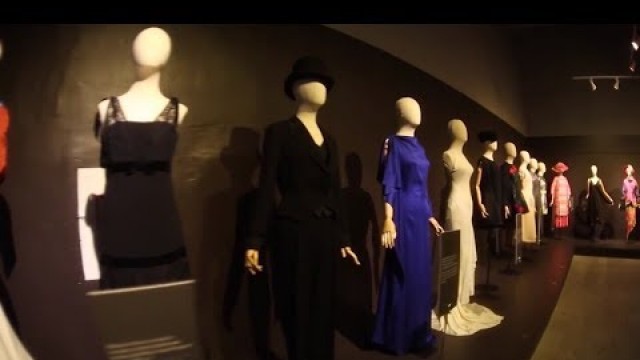

02:00
Oct 31, 2022
0
0
'Moscow saw the opening of the exhibition \"100 years of fashion in Russia: 1915-2015. From Alexandre Vassiliev collection\". Fashion in the Soviet Union largely followed general trends of the Western world. However, the state’s socialist ideology consistently moderated and influenced these trends. In addition, shortages of consumer goods meant that the general public did not have ready access to pre-made fashion. The New Economic Policy’s authorization of private business allowed Western fashion to enter the Soviet Union. However, Bolshevik ideology opposed Western fashion consumption as an intrinsically capitalist practice. Western fashion emphasized both economic status and gender differences under a system that sought to deemphasize both. In the early 1920s, Party-sanctioned magazines like Rabotnitsa (\"The Working Woman\") and Krest’yanka (\"The Peasant Woman\") offered discourse on fashion. Covers displayed women in plain work clothes, yet the magazines often contained advertisements for private companies selling stylish attire. By 1927, however, the magazines’ message was consistent: women should be judged on their capability for work, not their appearance. Fashion, as a beauty aid, was therefore bourgeois and detrimental to socialist society. In its place, the state commissioned projects to engineer a new Soviet type of dress, which drew on traditional clothing, constructivist forms, and technological facility. Constructivists like Varvara Stepanova and Alexander Rodchenko agreed that fashion driven by the market was inherently harmful. They employed the simple geometry of cubism to design clothing that was functional, easily mass-produced, and sometimes unisex. Due to lack of adequate material and machinery, however, this prozodezhda, or \"production clothing\", did not appeal to the proletariat audience for which it was intended. Designs were only available to the most privileged members of the intelligentsia, who ultimately preferred Western fashion to the highly experimental prozodezhda. During the Stalin era, anti-fashion sentiments dissipated. Party-sanctioned magazines now promoted fashion and beauty as necessary parts of a Soviet woman’s life. Rabotnitsa included fashion advice in almost every issue and regularly reported on new fashion houses opening across the Soviet Union. Krest’yanka even organized traveling shows to bring fashion to the countryside. The promoted aesthetics were highly varied, ranging from urban polish to ornate decoration. This new interest in fashion was connected to Joseph Stalin’s assertion that \"life has become better and more cheerful\". Persistent images of plain women and quaint peasants were thought to propagate the capitalist view that socialism engenders poverty. Fashionable and beautiful clothes were a signal of culture and quality of life equal (or superior) to that under capitalism. Stakhanovites, as foremost examples of successful workers, were expected to adhere to particularly high standards of appearance. They were often photographed wearing fine clothing even as they went to the factory. In reality, the touted fashions were beyond most citizens’ means. Soviet industry was unable to produce fashionable clothing in significant quantity, and what did exist was not available for general sale. During World War II, the Soviet fashion industry went on hiatus. If the average Soviet citizen desired a particularly stylish item of clothing, they were usually forced to commission a private tailor. Day-to-day fashion was often self-produced, and magazines consistently advised women to take a do-it-yourself approach to their appearance. The Khrushchev Thaw brought a greater representation of Western fashion to domestic media. Journalists were sent abroad to report on the latest international fashion trends. However, state-owned fashion institutions and magazines moderated these trends for Soviet audiences. Fashion \"crazes\" were rejected in favor of classic, long-running styles. In addition, moderation and modesty were stressed. Coco Chanel’s signature style, for example, was particularly admired as a symbol of timelessness and simple sophistication. An article in the New York Times from 1959 slammed Soviet fashions as unremarkable, \"clumsy copies\" of outdated Western forms. Availability of these styles, however, was on the rise. Shops like the newly reopened GUM department store now carried the new fashions, albeit at high prices.'
Tags: fashion , fashion designers , art , fashion models , Stilyagi
See also:
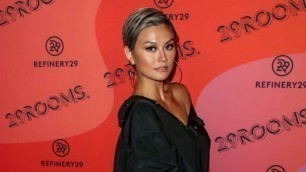

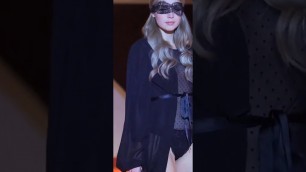
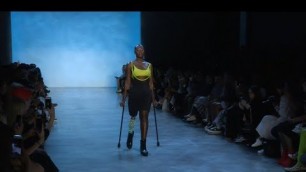

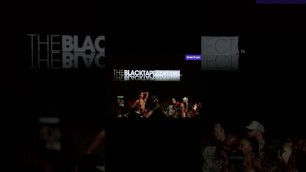
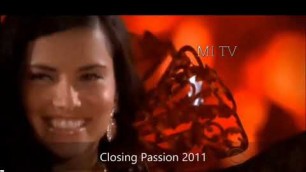


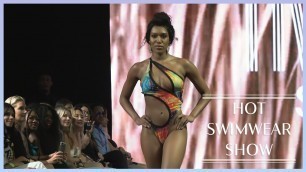



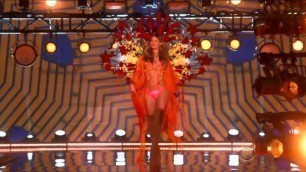

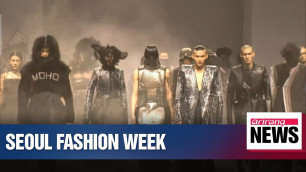

comments